Introduction: Tofu’s Place in Japanese Cuisine
Tofu (豆腐, tōfu) is a cornerstone of Japanese cooking, celebrated for its versatility, subtle flavor, and satisfying texture. Whether floating in a bowl of miso soup or crisped to perfection in a stir-fry, tofu adapts to countless dishes and techniques. Yet, many home cooks struggle with bland or soggy tofu. The secret? Mastering the basics of selection, preparation, and cooking.
This guide will walk you through the essentials from choosing the right tofu and pressing out moisture, to creative seasoning and foolproof cooking methods. You’ll also find expert troubleshooting, serving suggestions, and quick tips to help you achieve perfect tofu every time.
Shop our collection of handmade Japanese chopstick sets to pair with your tofu dish!
What Is Tofu? Understanding the Basics
Tofu is made by curdling soy milk and pressing the curds into solid blocks. Its mild flavor and varied textures make it a blank canvas for both delicate and bold seasonings. Tofu is naturally high in protein, low in carbs, and suitable for vegan, vegetarian, and gluten-free diets.
Types of Tofu: Selecting the Best Texture for Your Dish
- Silken tofu (絹ごし豆腐, kinugoshi dōfu): Ultra-smooth and delicate. Best for soups, desserts, smoothies, and dressings. No pressing required.
- Soft or medium tofu: Creamy with a bit more structure. Ideal for simmered dishes and hot pots.
- Firm tofu (木綿豆腐, momen dōfu): Dense and hearty. Great for pan-frying, stir-frying, and grilling.
- Extra firm tofu: The sturdiest option. Perfect for crispy tofu, baking, air frying, or cutting into cubes.
Packaging note: Japanese stores often sell tofu in vacuum packs (long shelf life) or water packs (fresher, but needs more draining). Not all “firm” tofu is equally dense experiment with brands to find your favorite.

Step 1: How to Press and Drain Tofu for Better Texture
Tofu contains a lot of water, which can make it soggy if not removed. Pressing tofu improves its texture, helps it crisp up, and allows it to soak up marinades and seasonings.
How to Press Tofu
- Wrap the tofu block in a clean kitchen towel or several paper towels.
- Place on a plate or tray.
- Weigh down with a cast iron skillet, heavy pan, or a stack of books.
- Press for 15–30 minutes (up to 45 minutes for extra firmness).
- Optional: Slice the block in half horizontally before pressing for faster drainage.
Shortcut: Vacuum-packed tofu is usually firmer and may only need a gentle pat dry.
Pro tip: For a chewier, “meaty” texture, freeze your tofu overnight, thaw, and then press before cooking. Freezing creates tiny holes that help tofu absorb more flavor.
Meal prep: Press several blocks at once and store them, wrapped in fresh towels, in an airtight container in the fridge for up to three days.
Step 2: Cutting and Preparing Tofu
- Cubes: Best for stir-fries, curries, and crispy tofu bowls.
- Bite-sized pieces: Perfect for salads or snacking.
- Slabs or steaks: Ideal for grilling, pan-searing, or breading.
- Crumbles: Use as a substitute for ground meat in tacos, lasagna, or sauces.
Tip: Smaller pieces crisp faster and more evenly, while larger slabs stay tender inside.
Step 3: Cooking Methods for Tofu
Pan-Frying
For crispy tofu, toss pressed cubes in a light coating of cornstarch or potato starch. Cook in a hot, well-oiled non-stick pan or seasoned cast iron skillet. Turn until all sides are golden brown and crisp.
Baking
Bake tofu cubes tossed with oil, seasoning, and cornstarch at 400°F (200°C) for 20–25 minutes, flipping halfway. This method is great for meal prep and reduces the need for oil.
Air-Frying
For ultra-crispy results with less oil, air fry tofu cubes at 375–400°F (190–200°C) for 10–15 minutes, shaking once or twice.
Stir-Frying
Add tofu cubes to a hot wok or skillet with a little oil, then combine with vegetables and sauce. Tofu will soak up flavors and provide protein.
Marinating and Braising
After pressing and cutting, marinate tofu in a mixture of soy sauce, sesame oil, rice vinegar, garlic, ginger, or other spices for at least 30 minutes (up to 2 days). Then bake, pan-fry, or simmer in sauce for maximum flavor.
Step 4: Seasoning and Marinating Tofu
Tofu’s mild flavor means seasoning is essential. Try these approaches:
- Dry rubs: Garlic powder, onion powder, smoked paprika, curry powder, taco seasoning, or “KFC-style” spice blends.
- Wet marinades: Soy sauce, tamari, sesame oil, rice vinegar, mirin, agave or maple syrup, citrus juice, ginger, and garlic.
- Creative coatings: Miso glaze, orange or teriyaki sauce, nutritional yeast for umami, or spicy sauces like sriracha.
How to marinate tofu: Place pressed, cut tofu in a bowl or bag with your marinade. Let sit for at least 30 minutes (longer is better). For extra crispiness, toss marinated tofu with cornstarch before cooking.
Serving Suggestions and Recipe Inspiration
- Japanese tofu bowl: Serve with rice, sautéed vegetables, and teriyaki or miso glaze.
- Buddha bowls: Layer grains, greens, veggies, and tofu with a creamy dressing.
- Salads: Top crunchy greens with cubes of baked or pan-fried tofu.
- Noodle dishes: Add tofu to ramen, udon, or soba.
- Soups: Float silken tofu in miso soup or spicy hot pots.
- Comfort foods: Use tofu in vegan lasagna, tacos, or as “tofu crumbles” in sauces.
- Dipping sauces: Serve with spicy peanut sauce, vegan ranch, or creamy chipotle sauce.
Troubleshooting & Frequently Asked Questions
- Why is my tofu soggy?
- Usually, it hasn’t been pressed enough or was cooked at too low a heat. Start with dry, pressed tofu and use high heat for crisping.
- How do I avoid overcooked or rubbery tofu?
- Use extra firm tofu and remove from heat once golden and crisp. Overcooking dries it out.
- Can I eat tofu raw?
- Yes! Silken and soft tofu are delicious raw. Just drain and pat dry.
- Can I freeze tofu?
- Absolutely. Freezing changes the texture and makes tofu chewier. Thaw, press, and use as normal.
- How do I keep tofu from sticking to the pan?
- Use a non-stick skillet or well-seasoned cast iron. Don’t move tofu until it naturally releases. Make sure the oil is hot before adding tofu.
- How do I store leftovers?
- Store cooked tofu in an airtight container in the fridge for up to five days. Reheat in a pan or oven to re-crisp.
- Can I prep tofu ahead of time?
- Yes! Press and cut tofu in advance. Store pressed tofu in the fridge, or marinate overnight for deeper flavor.
Tofu Quick Tips
- Always press tofu for at least 15–30 minutes for best texture.
- For a chewier bite, freeze and thaw tofu before using.
- Toss tofu with cornstarch before frying or baking for a crispier crust.
- Marinate tofu after pressing and cutting for maximum flavor.
- Use high heat for crispy results and avoid crowding the pan.
- Silken tofu is best for soups and sauces; firm/extra firm for stir-fries and crisping.
- Leftover tofu keeps well, reheat in a pan or oven to restore crispiness.
Conclusion: Cooking Tofu as Everyday Art
Cooking tofu is both a science and an art. With the right preparation, thoughtful seasoning, and proper technique, tofu transforms from bland and soggy to crisp, flavorful, and deeply satisfying. Japanese cuisine has long celebrated tofu’s ability to harmonize with subtle and bold flavors alike. By exploring different cooking methods and presenting tofu in beautiful, handcrafted bowls, you turn a humble soy block into a delicious, memorable meal.
Let tofu be your bridge to centuries of Japanese tradition and to endless creativity in your own kitchen.


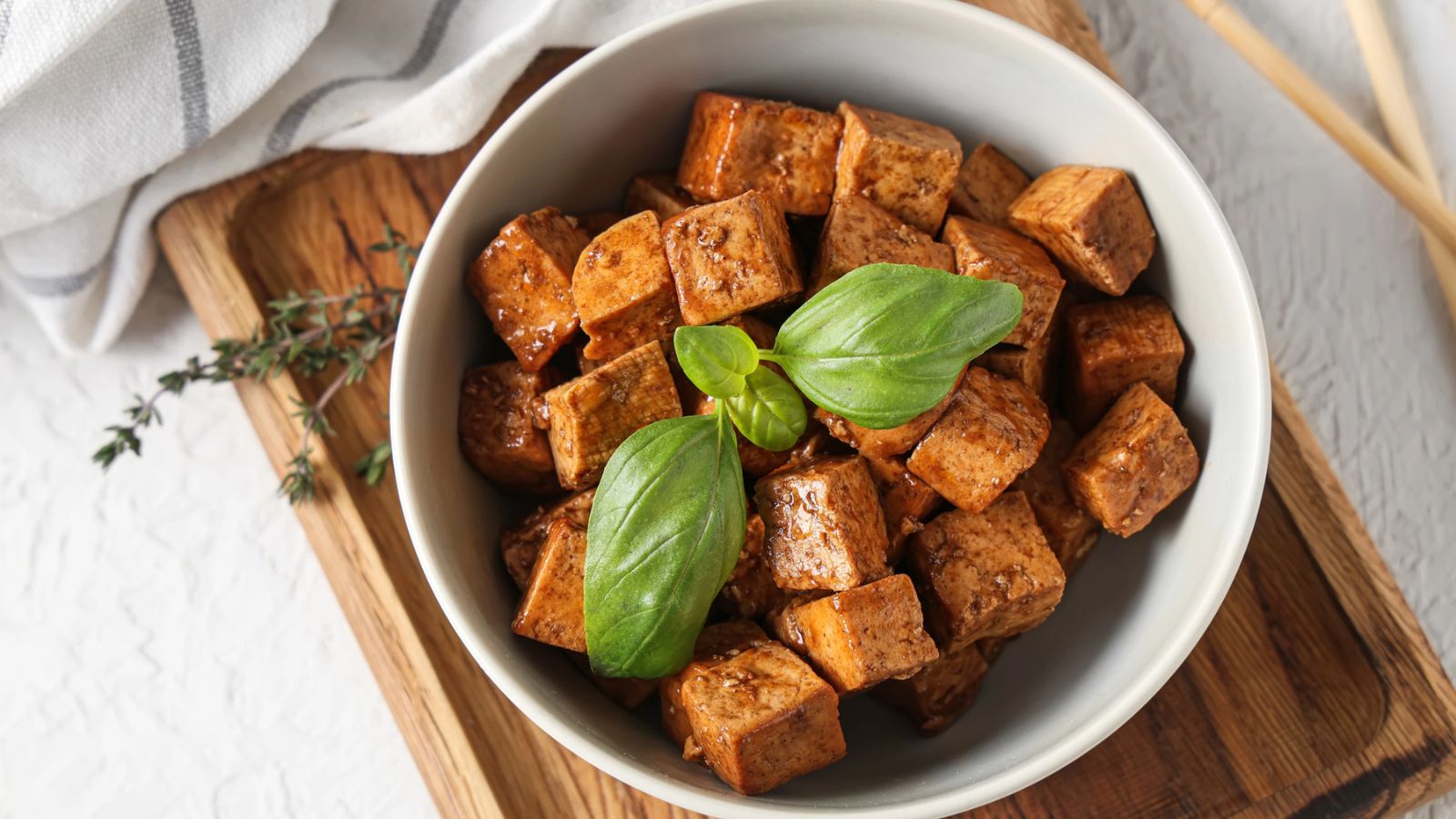







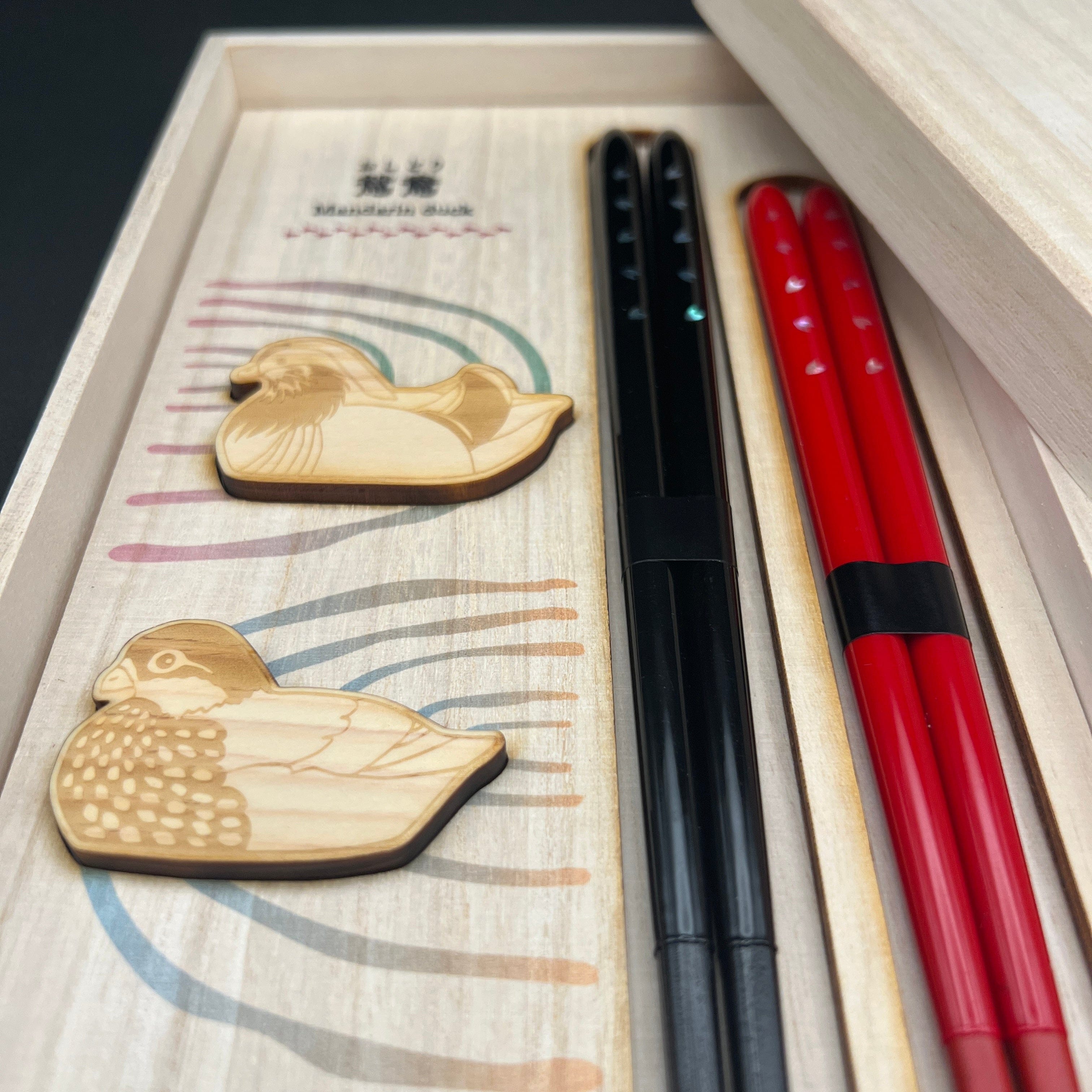

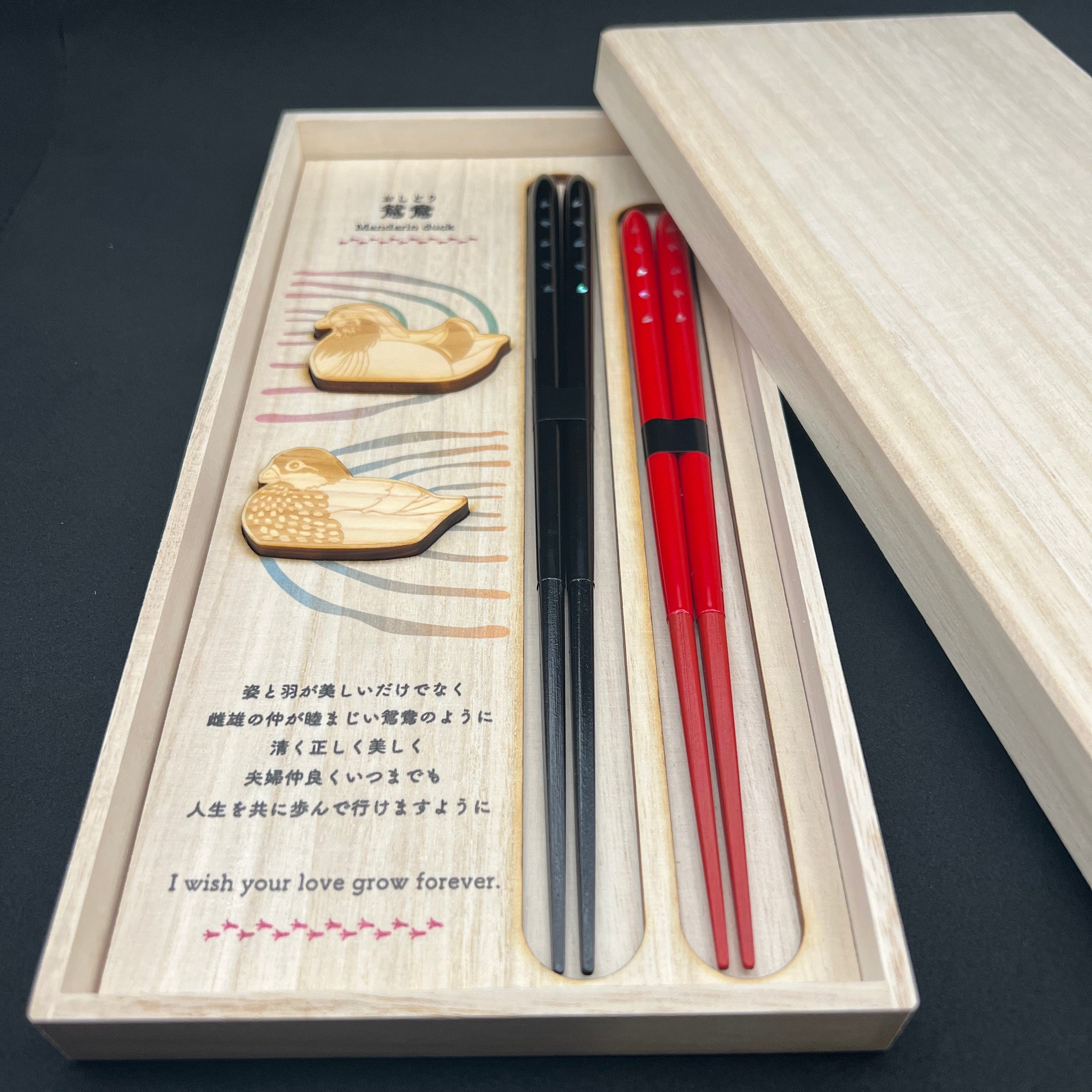
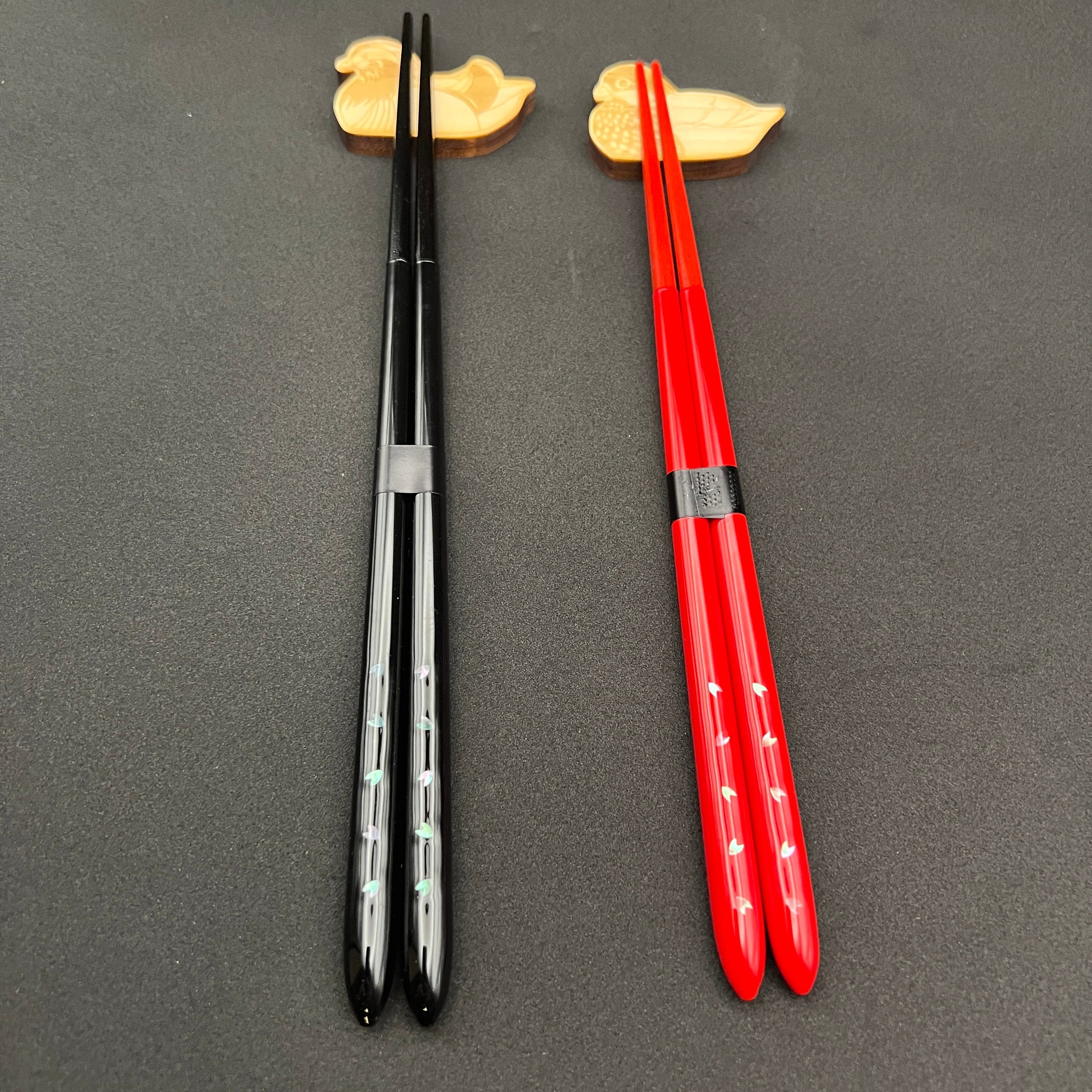
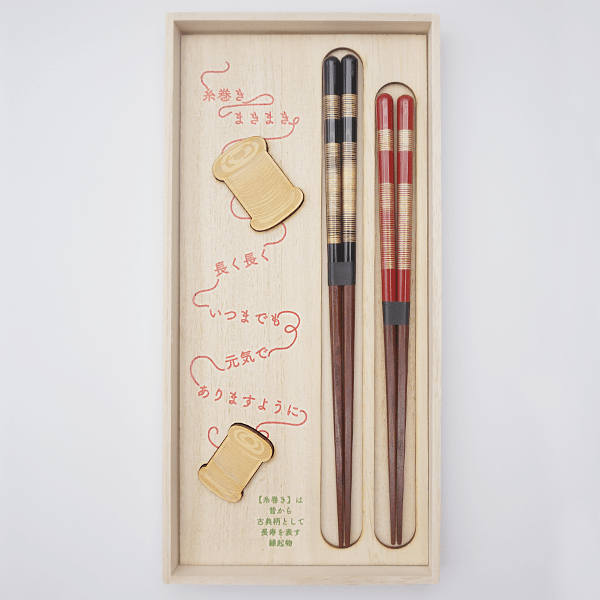
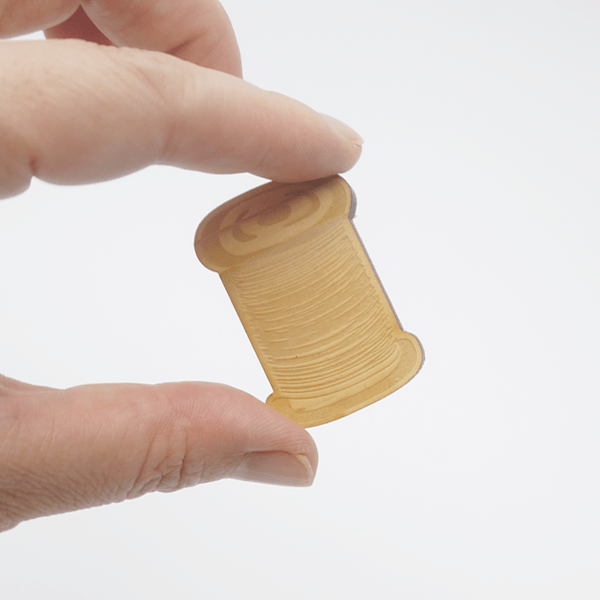
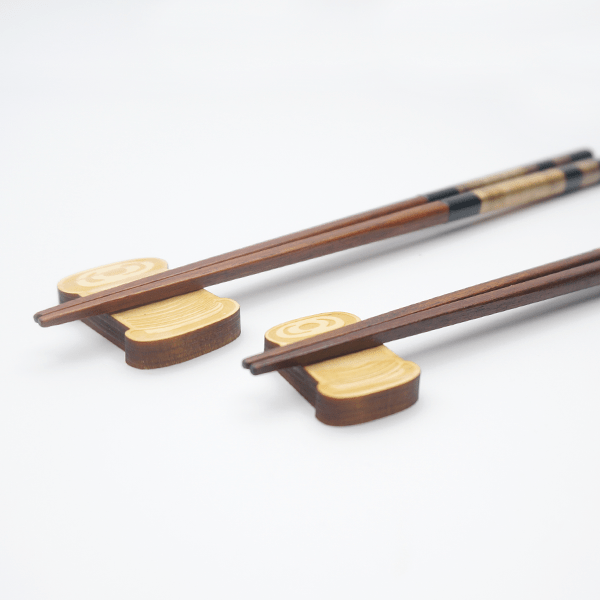
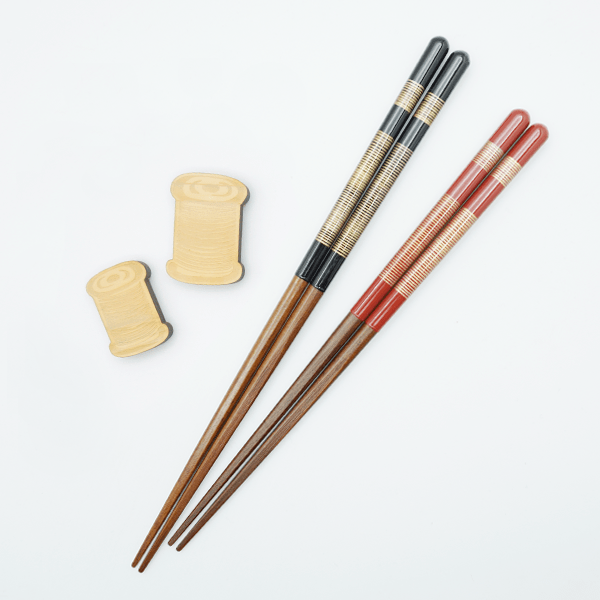
Share: